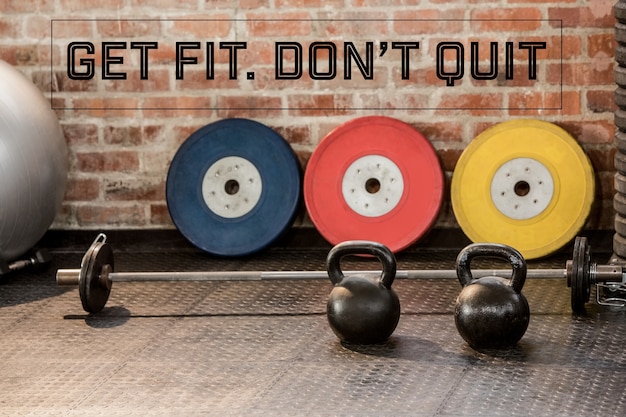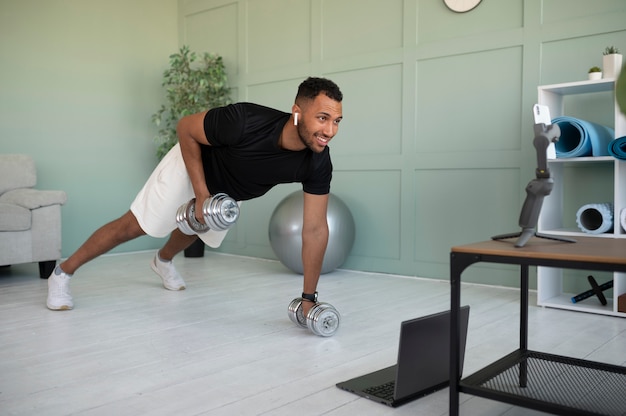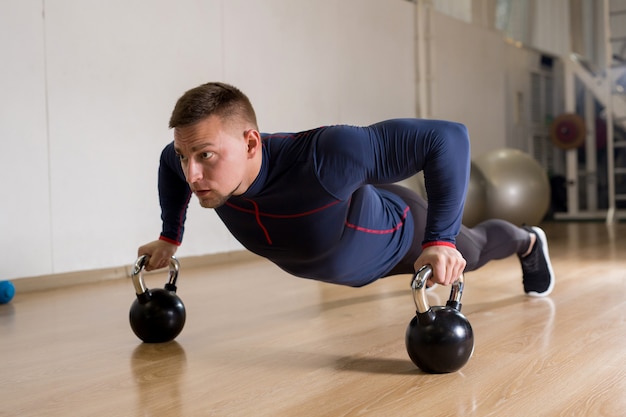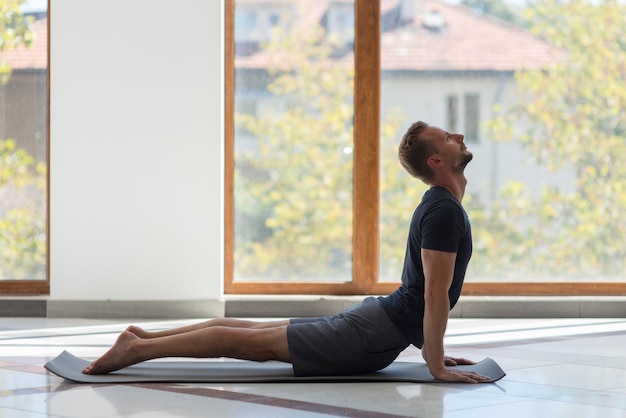Sitting at a desk all day doesn’t have to mean low energy, poor posture, or dehydration. In fact, integrating simple strength tools like kettlebells and dumbbells into your daily routine can transform your physical health—and surprisingly, even improve hydration habits.
But which is better: kettlebells or dumbbells? And how can either help you start fast, stay consistent, and measure results weekly—especially when you're glued to a desk most of the day?
Long hours at a desk lead to muscle imbalances, reduced circulation, and sluggish metabolism. Over time, this contributes to fatigue, poor posture, and even chronic dehydration—because when you're inactive, your body’s signals for thirst and movement become muted.
Strength training combats this by boosting circulation, increasing muscle engagement, and enhancing metabolic efficiency. Both kettlebells and dumbbells offer accessible ways to build strength, but they do so in different ways.

Kettlebells are uniquely designed with an off-center weight distribution, making them ideal for dynamic, full-body movements like swings, cleans, and snatches. These exercises engage the posterior chain—glutes, hamstrings, and lower back—which are often underused in sedentary jobs.
For desk workers, kettlebell workouts can be a game-changer because they:
The rhythmic nature of kettlebell swings, for example, encourages diaphragmatic breathing, which helps regulate the nervous system and may improve your awareness of bodily needs—including thirst.
Dumbbells offer more stability and control, making them excellent for isolated muscle training—like bicep curls, shoulder presses, or chest flyes. They’re ideal if you’re focusing on correcting posture or rehabbing minor imbalances caused by sitting.
Benefits for desk workers include:

You might wonder: how do kettlebells or dumbbells affect hydration?
Physical activity increases blood flow and cellular metabolism, which in turn enhances the body’s ability to utilize water efficiently. Sweating during workouts also creates a natural cue to drink more water. But even light resistance training during the workday can:
The key to success isn’t perfection—it’s consistency. Here’s how to build a sustainable routine:
Begin with just 5–10 minutes a day. Try:
Link your workout to an existing habit:
Track simple metrics:
Choose Kettlebells if: You want full-body conditioning, improved endurance, and dynamic movement. Great for breaking the inertia of sitting.
Choose Dumbbells if: You need precision work, are new to strength training, or want to correct posture with controlled movements.
Or, better yet—use both. Rotate weekly or combine in the same session for balanced development.
For desk workers, the battle isn’t just against weight gain or stiffness—it’s against disconnection from your body. Kettlebells and dumbbells both serve as tools to reawaken physical awareness, boost energy, and indirectly support better hydration.
By starting small, staying consistent, and measuring progress weekly, you can build a sustainable routine that fits your lifestyle—and keeps you feeling sharp, strong, and hydrated throughout the workday.

Fitness

Fitness

Fitness

Fitness

Fitness

Fitness

Fitness

Wellness

Fitness

Fitness

Wellness

Health

Health

Fitness

Health

Health